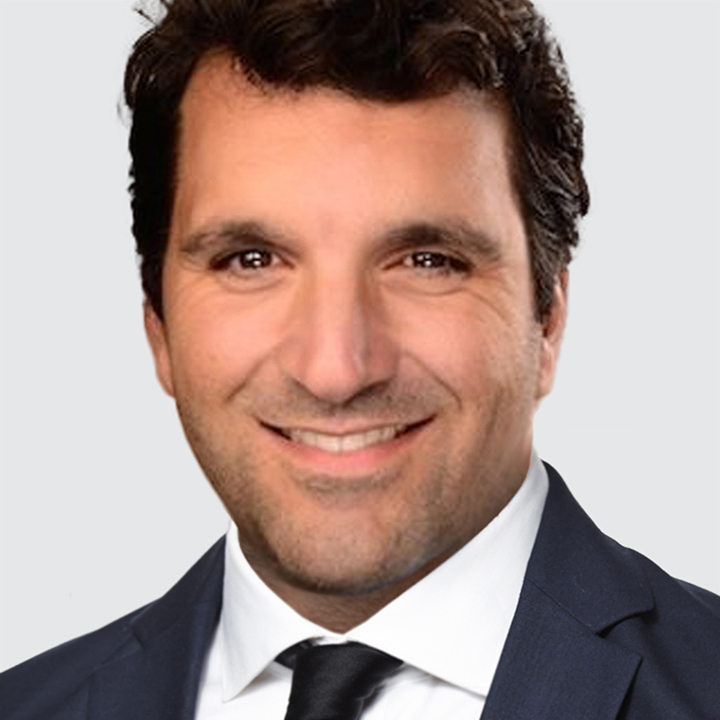Risk Appetite Rebounds
US
USD recovered some of yesterday’s losses and global equity markets are building on recent gains. President Donald Trump is expected to announce today he will ease auto tariffs. Regardless, dwindling credibility in US policymaking and a less favorable US economic outlook will continue to weigh on USD.
The March JOLTS data takes the spotlight today (3:00pm London). Job openings are expected at 7500 mln vs. 7,568 mln in February. If so, it would be the lowest since September. Keep an eye on the openings rate, which stood at 4.5% in February. A drop below this level typically signals a significant rise in the unemployment rate.
The April Conference Board consumer confidence is also due today (3:00pm London). Headline is expected to plunge to 88.0 vs. 92.9 in March. This would be the lowest since January 2021 and would mirror the sharp drop in University of Michigan consumer sentiment.
Finally, the Atlanta Fed GDPNow model estimate for Q1 growth will be updated later today. The model is currently tracking annualized growth of -2.5% or -0.4% when adjusted for imports and exports of gold. The advanced Q1 US GDP print is released tomorrow and is expected at 0.3% SAAR vs. 2.4% in Q4.
CANADA
Mark Carney’s Liberals will form a minority government. CAD had a modest kneejerk downside reaction vs. USD because pre-election polls were skewed in favor of the Liberals winning a majority government.
Initial results show the Liberals expected to win 167 seats (up from 151 previously), falling short of the 172 seats necessary for a majority. The Conservatives are in second place with 145 seats (up from 120 previously). The Bloc Quebecois is on course to get 23 seats (down from 33 previously) while the left-leaning New Democrat Party (NDP) is forecast to have 7 seats (down from 24 previously) and short of the 12 seats needed to qualify for official party status in the House of Commons.
USD/CAD has scope to resume edging lower on broad USD weakness, especially if technical support at 1.3800 gives way. However, we expect CAD to underperform on the crosses because of the severe negative impact of the US tariffs on the Canadian economy.
EUROZONE
EUR/USD is range-bound around 1.1400. Yesterday, US Treasury Secretary Scott Bessent said he expected the ECB to cut rates “to get the Euro back down.” The ECB does not target the exchange rate as a policy goal. However, the exchange rate plays an important role in achieving the ECB’s primary objective of price stability over the medium term.
From that perspective, the recent appreciation in EUR will further cool inflation in the Eurozone and support the case for additional ECB policy rate cuts. The swaps market price-in a total of 66bps of ECB easing over the next 12 months that would see the policy rate bottom between 1.50% and 1.75%. The ECB March consumer inflation expectations survey is up next (9:00am London).
Overall, EUR/USD has likely entered a short-term period of consolidation after overshooting the levels implied by nominal and real EU-US 2-year bond yield spreads.
UK
GBP/USD retreated from yesterday’s multi-month high at 1.3444. UK retail outlet price pressure still in deflation. The BRC shop price index fell -0.1% y/y in April (consensus: -0.2%) vs. -0.4% in March. The breakdown showed food price inflation quickening while the decline in non-food prices eased.
The Bank of England (BOE) has room to resume easing policy next month because downside risk to the UK economy is growing and services inflation is cooling. Markets have fully priced-in a 25bps rate cut at the next May 8 meeting and 100bps of total easing over the next 12 months. BOE Deputy Governor Dave Ramsden speaks today (10:40am London).
AUSTRALIA
AUD/USD pared back gains after testing a multi-month high at 0.6450 overnight. There was no policy-relevant insight from RBA Assistant Governor Christopher Kent speech overnight. Kent discussed Australia’s external position and acknowledged “the sharp rise in volatility in FX markets in early April.” Indeed, global FX volatility increased in April to near a two-year high on US tariffs related news. Ongoing uncertainties surrounding US trade policies and the potential economic impact of tariffs are likely to keep FX volatility elevated.
Q1 CPI is the next domestic data highlight (tomorrow, 2:30am London). Australia headline CPI is expected at 2.3% y/y vs. 2.4% in Q4 and the policy-relevant trimmed mean CPI is forecast at 2.8% y/y vs. 3.2% in Q4. The RBA projects trimmed mean CPI of 2.7% throughout its forecast horizon to 2027. Meanwhile, Governor Michele Bullock cautioned that the Board does not have “100% confidence” that inflation is moving sustainably towards the midpoint of the 2–3% target range. For the March 20 RBA policy meeting, cash rate futures have fully priced-in a 25bps cut and 16% odds of an additional 25bps reduction.
HUNGARY
National Bank of Hungary is expected to keep rates steady at 6.50% (1:00pm London). At the last March 25 meeting, the bank voted unanimously to keep rates steady at 6.50% and cautioned that “the uncertain international environment and the outlook for inflation warrant the maintenance of tight monetary conditions.” Governor Varga added “the key interest rate can stay at its current level for a sustained period.” Indeed, headline CPI inflation (4.7% in March) is running above the bank’s 2-4% tolerance band. Nonetheless, the swaps market is pricing in 75bps of easing over the next twelve months.

